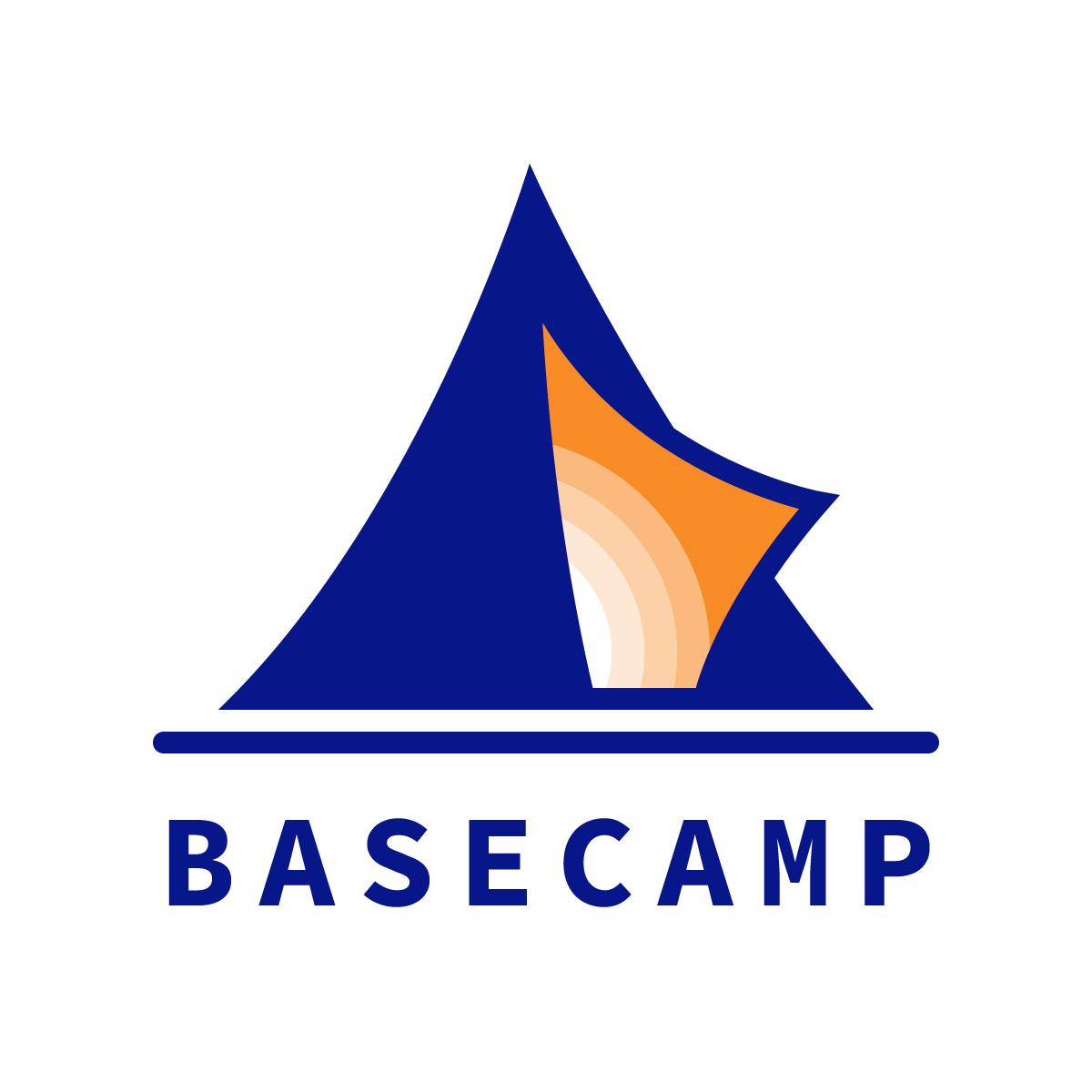CORRECTED version: Future of Learning Top Reads for Week of May 4 2020
“Reality check: Minimesters,” by Jeff Selingo, in NEXT newsletter
Reality check: “Minimesters” aren’t new in higher education, but they haven’t been widely adopted by most traditional colleges.
Arizona State University adopted split semesters in 2012. It operates A and B sessions, with courses that last seven and a half weeks and a C session for the full 15 weeks. That makes it much easier to delay the start of the semester by simply making the A session for everyone online.
As a special advisor at ASU, I spend a few days a month on ASU’s Tempe campus and have seen how the shorter sessions allow students to free up time for internships during the academic year or to mix-and-match courses, taking what they perceive to be difficult classes over 15 weeks with easier classes in the shorter sessions.
Georgia Tech recommended in 2018 that the institution adopt minimester classes to “allow students to replace monolithic three-credit-hour classes with more granular and flexible modules.”
Why does this matter to the future of learning?
Get ready for a Next Normal in which time—days, weeks, quarters, trimester, semesters, “school years”—start to take on very different shapes.
And once the cadence of learning occupies new shapes (eg, minimesters), new opportunities (eg, internships) appear, which create third order effects (eg, new types of credentials for skills and experiences).
***
Tweet thread by Kevin Carey
“Perman is offering an economic view of higher education from inside the industry. He understands that colleges get tuition and public subsidies for one overwhelming reason: only colleges can grant degrees that lead to good jobs.
“But boiling it down to interchangeable credits and credentials has the effect of commodifying the process. And selling commodities is a high-stress, low-margin business that colleges don’t want to be in.
“So they tell their customers a different story, about family and community and experience. It’s all kind of ineffable and thus subject to a much wider range of possible prices.
“People believe the story, and pay for it, in part because the story can be true, but also because believing it is an act of building social capital with value beyond what you learn in class, whether or not the story is true.
“The pandemic is stripping the story away. It’s not that classes are happening on Zoom--it’s that classes are all that’s happening. Which makes it harder not to notice what college is, and what it isn’t, and how much it ought to cost.”
Why does this matter to the future of learning?
What does it mean to say that “People believe the story [of the value of the experience learning at institution x, y, or z], and pay for it, in part because the story can be true, but also because believing it is an act of building social capital with value beyond what you learn in class, whether or not the story is true”?
It means that purchasing an education is not just purchasing the learning, but also the network you develop by going to that school.
When your learning environment is no longer a campus like Harvard, or Georgetown, or name-your-college, and when campus has been flattened (literally) to a 2D screen, social capital takes on a different nature.
This is a threat to expensive schools and a huge opportunity for low-cost and public schools.
***
”Over 500 studies on online learning,” by Donald Clark, on the Plan B blog
“If you were asked to sum up the psychology of learning in three words, it could be ‘less is more’, that is also Mayer and Clark’s mantra. In one study, Mayer, et al (1996) presented 600 pieces of scientific learning and found that briefer versions, which were concise, coherent and co-ordinated, resulted in far more effective learning. He is also precise in his recommendations: ‘There is a clear pattern in which the more words added to the core verbal explanation, the more poorly the student does in producing the core explanative idea units. These results are consistent with the idea that the additional words overload verbal working memory, drawing limited attentional and comprehension resources away from the core verbal explanation.’ The lesson with text is to cut it ‘til it bleeds! Bullet points, simple writing, highlighted keywords and short paragraphs are all useful screen writing techniques.”
Why does this matter to the future of learning?
Now that every teacher is a designer of virtual learning, we must all master the principles of cognitive psychology that determine whether and how our students will learn online.
***
Thank you for reading this post from Basecamp's blog, Ed:Future. Do you know someone who would find the Ed:Future blog worthwhile reading? Please let them know that they can subscribe here.

